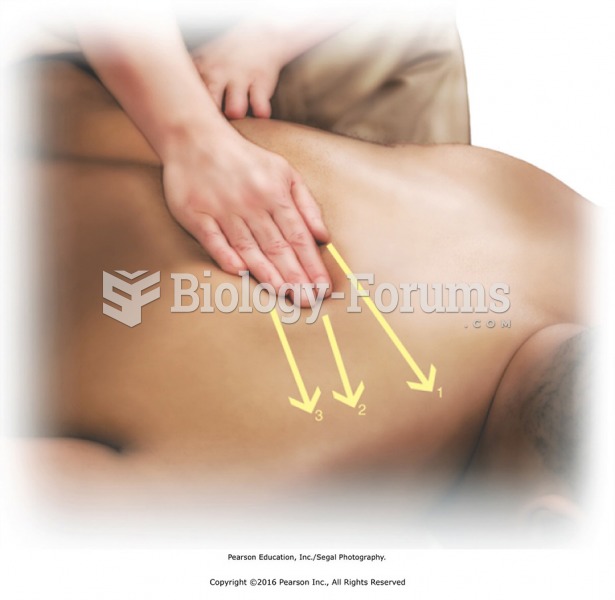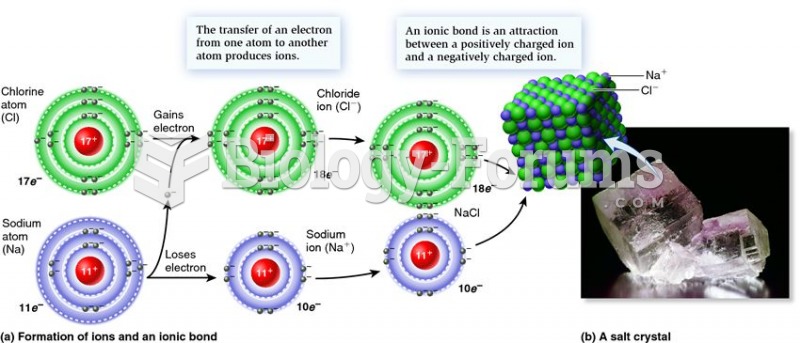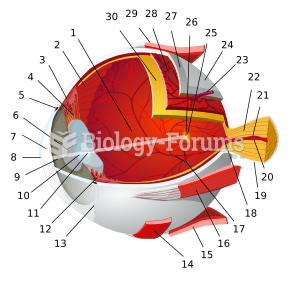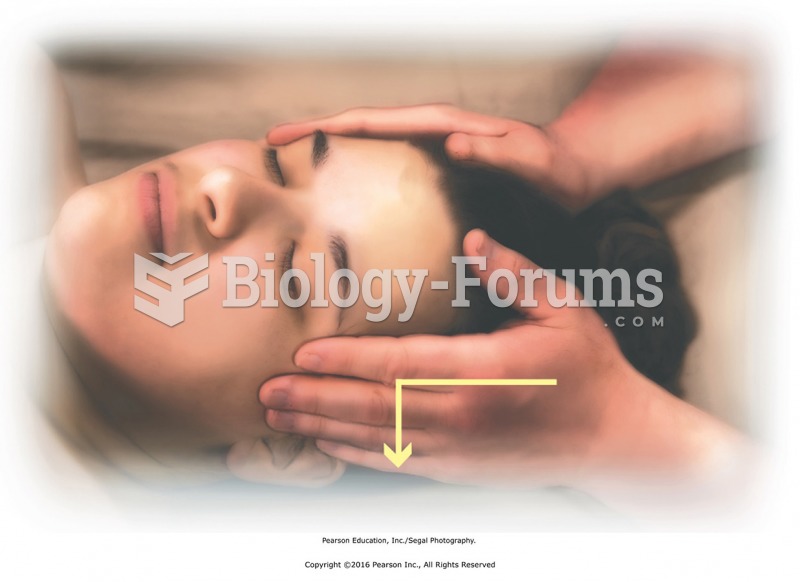|
|
|
The first successful kidney transplant was performed in 1954 and occurred in Boston. A kidney from an identical twin was transplanted into his dying brother's body and was not rejected because it did not appear foreign to his body.
Never take aspirin without food because it is likely to irritate your stomach. Never give aspirin to children under age 12. Overdoses of aspirin have the potential to cause deafness.
Asthma cases in Americans are about 75% higher today than they were in 1980.
Stroke kills people from all ethnic backgrounds, but the people at highest risk for fatal strokes are: black men, black women, Asian men, white men, and white women.
Hyperthyroidism leads to an increased rate of metabolism and affects about 1% of women but only 0.1% of men. For most people, this increased metabolic rate causes the thyroid gland to become enlarged (known as a goiter).
 Calculation of body mass index. To determine your BMI, find the value for your height on the left ...
Calculation of body mass index. To determine your BMI, find the value for your height on the left ...
 Walk around the head of the table to the left side and reach across to perform threecount stroking ...
Walk around the head of the table to the left side and reach across to perform threecount stroking ...





